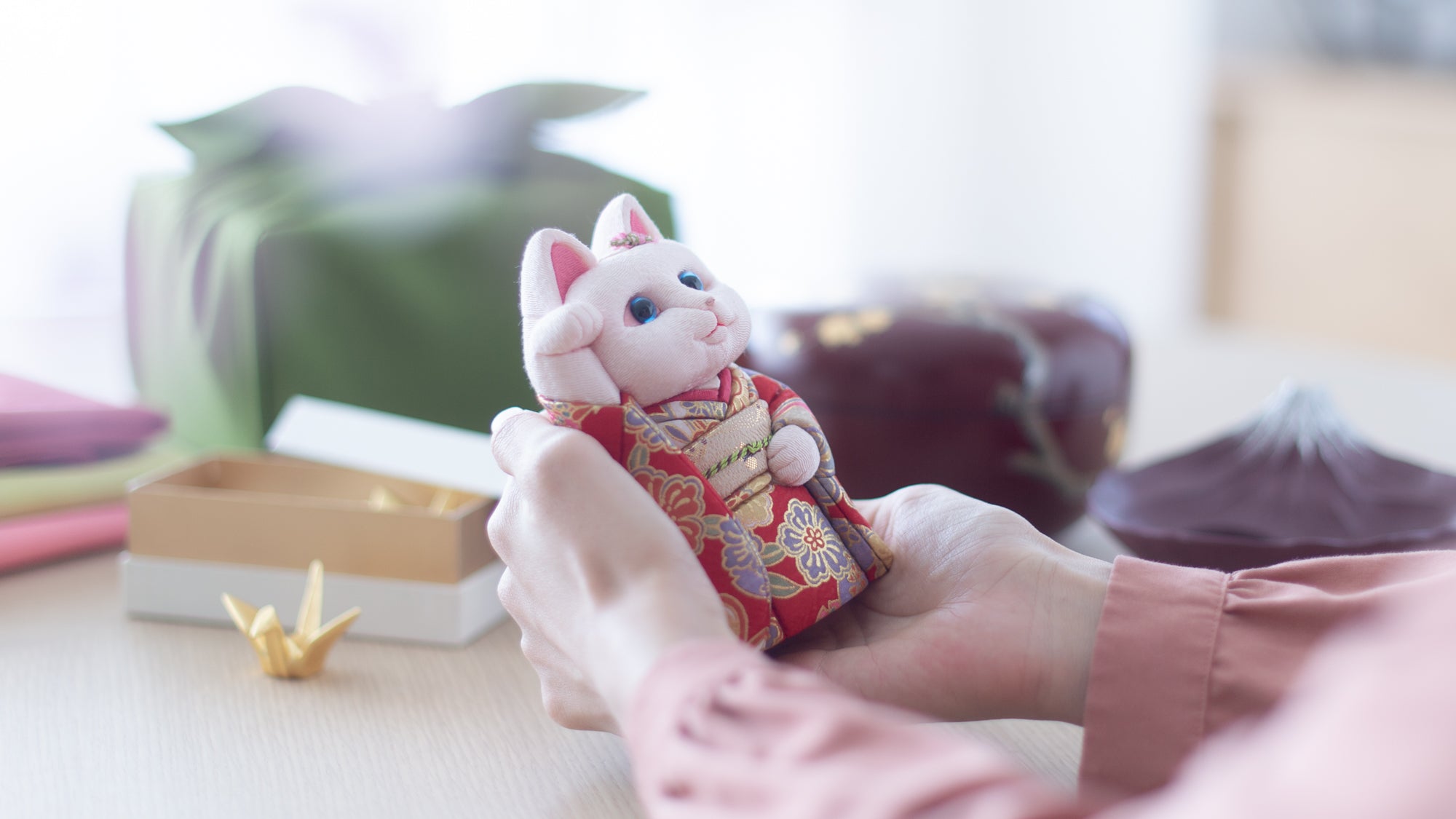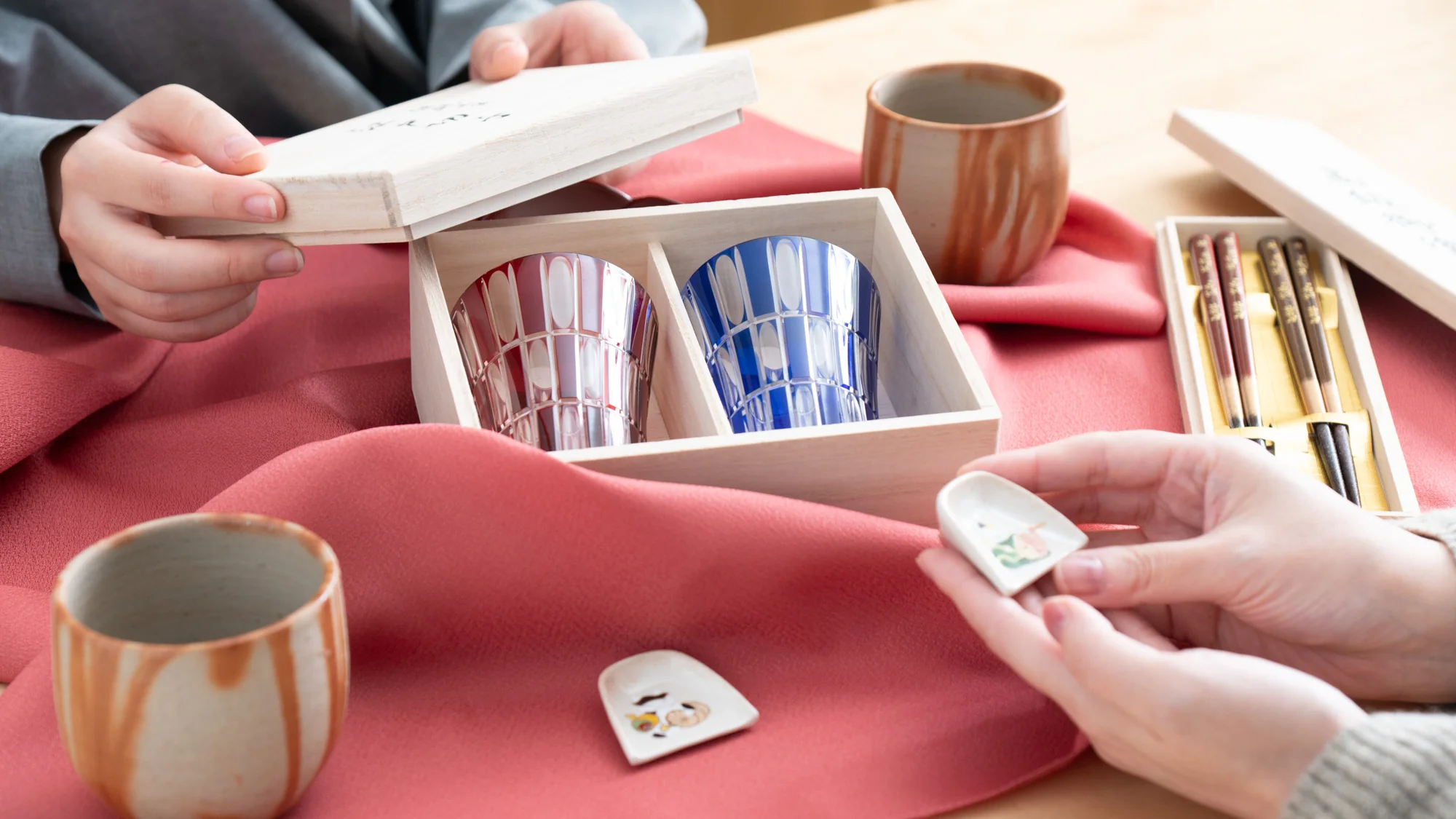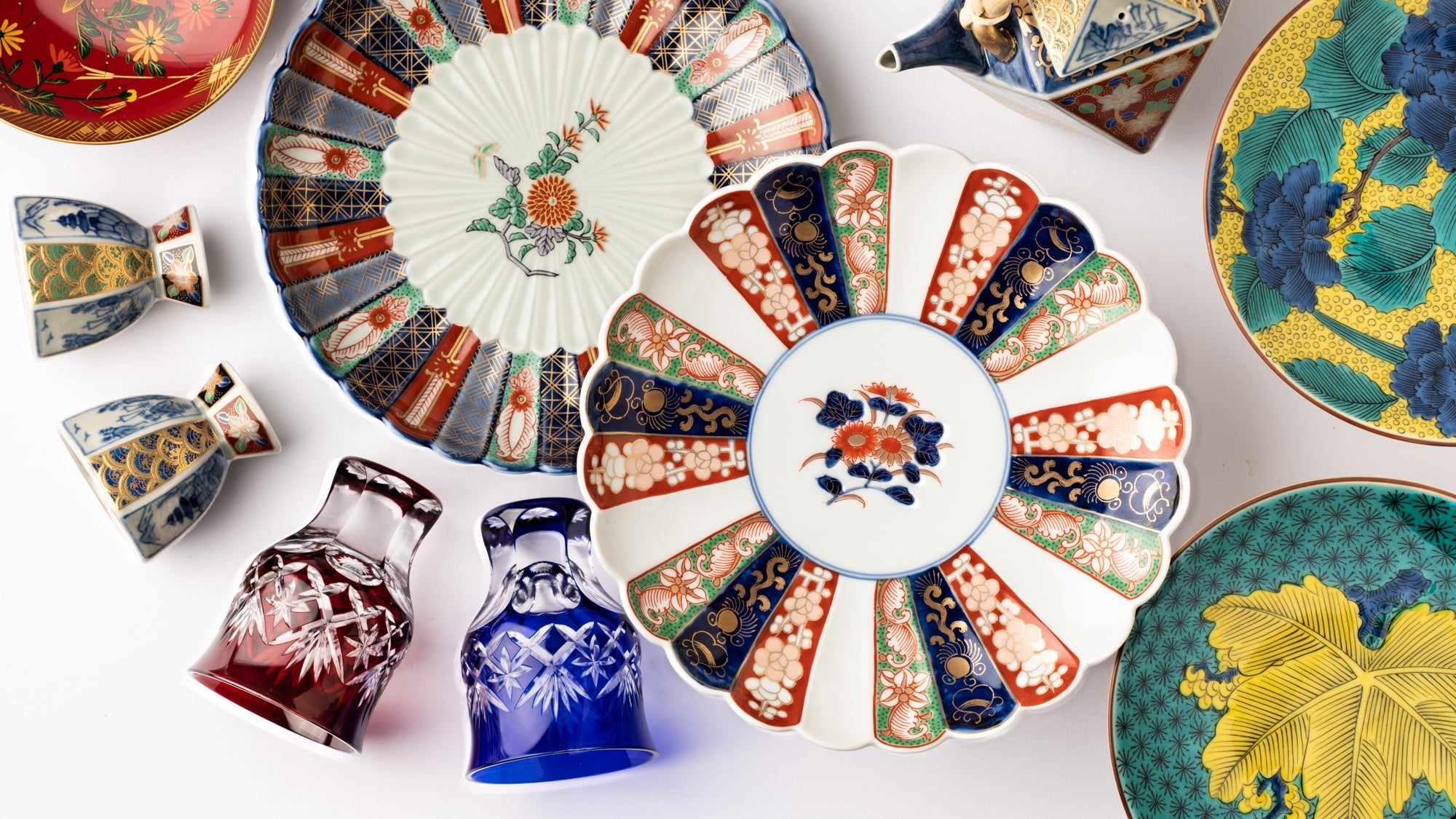19 April 2024
A Bite of Spring: The Journey through Japanese Sakura Desserts


Spring in Japan is not just a season; it's a colorful, fragrant symphony that touches every aspect of life, including the culinary. Imagine walking under a canopy of cherry blossoms, petals dancing in the breeze, each step sweetened by the anticipation of tasting traditional Japanese desserts. These treats are a feast for the eyes as they are for the palate.
I hope this blog will be your ticket to a delicious spring journey through some delectable Japanese confections: sakura mochi, hanami dango, nerikiri, and sakura dorayaki and sakura monaka.
Contents
- Sakura Mochi: Spring's Sweet Treat
- Hanami Dango: Spring in Three Hues
- Nerikiri: Delicate and Delicious Wagashi
- Sakura Dorayaki: Blossom-Infused Sweet
- Sakura Monaka: A Springtime Delight
Sakura Mochi: Spring's Sweet Treat
With the arrival of warmer and brighter days, sakura mochi gradually captures people's attention. In Japan, sakura mochi, like cherry blossoms, symbolizes spring. Wrapped in a pickled cherry blossom leaf, this pink, sweet rice cake filled with red bean paste whispers tales of new beginnings. It's a delicious metaphor of a new season: sweet and fleeting, with a hint of the sakura's gentle bitterness. Sakura mochi actually comes in two types: the Kanto-style sakura mochi (Chomeiji sakura mochi) and the Kansai-style sakura mochi (Domyoji sakura mochi). Both types are traditional sakura mochi, but they differ in origin, history, and the regions where they are consumed.

The Kanto-style sakura mochi involves baking a thin pancake.

The Kansai-style sakura mochi is made with glutinous rice flour and has a chewy texture. The sakura mochi shown in the photos are the Domyoji sakura mochi.
Sakura mochi, in its two distinct styles, offers a delicious glimpse into the rich flavors of Japanese culinary traditions. During this season, sakura mochi can be found everywhere in Japan, from convenience stores to high-end wagashi shops.
Enjoying sakura mochi while viewing cherry blossoms allows one to fully experience the season's brightness, warmth, and sweetness through taste and aroma.
Hanami Dango: Spring in Three Hues
Spring, or haru in Japanese, is a time of renewal and celebration. This period of blooming beauty is embraced throughout Japan with picnics under the blossoms, known as hanami, and, of course, seasonal desserts that encapsulate the essence of this time of rejuvenation.
Next on our journey is hanami dango, a confection whose name reveals it as a sweet savored during these seasonal festivities.
Dango finds its origin from a Tang dynasty confection, and was introduced to Japan during the Heian period (794 CE–1185 CE). It is made from a blend of joshinko (non-glutinous rice flour) for a firm texture, and shiratamako (glutinous rice flour) for chewiness. It is always served on a skewer of three to five round dumplings.

There are many interpretations of the three colors of hanami dango, with some believing they symbolize the seasons. Pink symbolizes the spring of cherry blossoms, white represents winter with snow, and green, signifies summer, thus expressing the changing seasons. The absence of autumn, referred to as "aki-nai" in Japanese, can also be translated as "never tiring" through wordplay. This clever use of language connects the missing autumn representation to a feeling of enduring vitality and continuous enjoyment.
It is also said that the pink represents the cherry buds, which eventually open to reveal white flowers, and after their petals scatter, green leaves emerge, symbolizing the sequence in which cherry blossoms bloom.
Eating hanami dango under blooming sakura is a moment of pure spring bliss.
Nerikiri: Delicate and Delicious Wagashi
Nerikiri is said to be born around the Edo period (1603 CE–1868 CE). It combines sweetened white bean paste, Japanese mountain yam, and mochi flour into a moldable confection. This wagashi echoes the changing seasons through its vibrant colors and diverse shapes, encapsulating anything from landscapes to flora and animals.

Nerikiri is like a canvas for the seasons, with its spring variations often showcasing delicate forms and colors of cherry blossoms or seasonal flowers. These sweet treats embody the Japanese aesthetic of celebrating the transient beauty of nature.

They are often served during Japanese tea ceremonies, but also pair well with a casual cup of tea. Their sweetness complements the earthiness of matcha and the bitterness of Japanese green tea.
Sakura Dorayaki: Blossom-Infused Sweet
The name "dorayaki" originates from the Japanese word "dora," meaning gong, combined with "yaki," which translates to "grilled." This name was likely chosen because of the snack's resemblance to a gong, given its round shape and golden color, leading to its unique designation.

Dorayaki consists of two pancakes filled with a sweet red bean paste known as anko. This treat, tracing back to the Edo Period (1603 CE–1868 CE) as thin, folded cakes resembling an omelet or pastry, evolved into its current round sandwich form in the 20th century.

In spring, sakura mochi or cream is added to the red bean filling, enriching the original sweetness with the subtle fragrance of sakura, making it particularly delightful to savor while admiring the blooming trees.
Sakura Monaka: A Springtime Delight

Monaka is a confection consisting of a sweet azuki bean paste filling nestled between two delicate wafers crafted from mochi flour. The wafers come in a variety of shapes, including squares, triangles, chrysanthemums, and more.
In spring, sakura-shaped monaka become particularly popular, their adorable appearance harmonizing beautifully with the season's warm and bright atmosphere. Additionally, their portability makes them perfect for sharing with family and friends during hanami sessions.
As you relish the delightful charm of spring, why not explore some traditional Japanese sakura-themed sweets? What could be more fitting to enhance your vernal dining moments?














































































































































































































